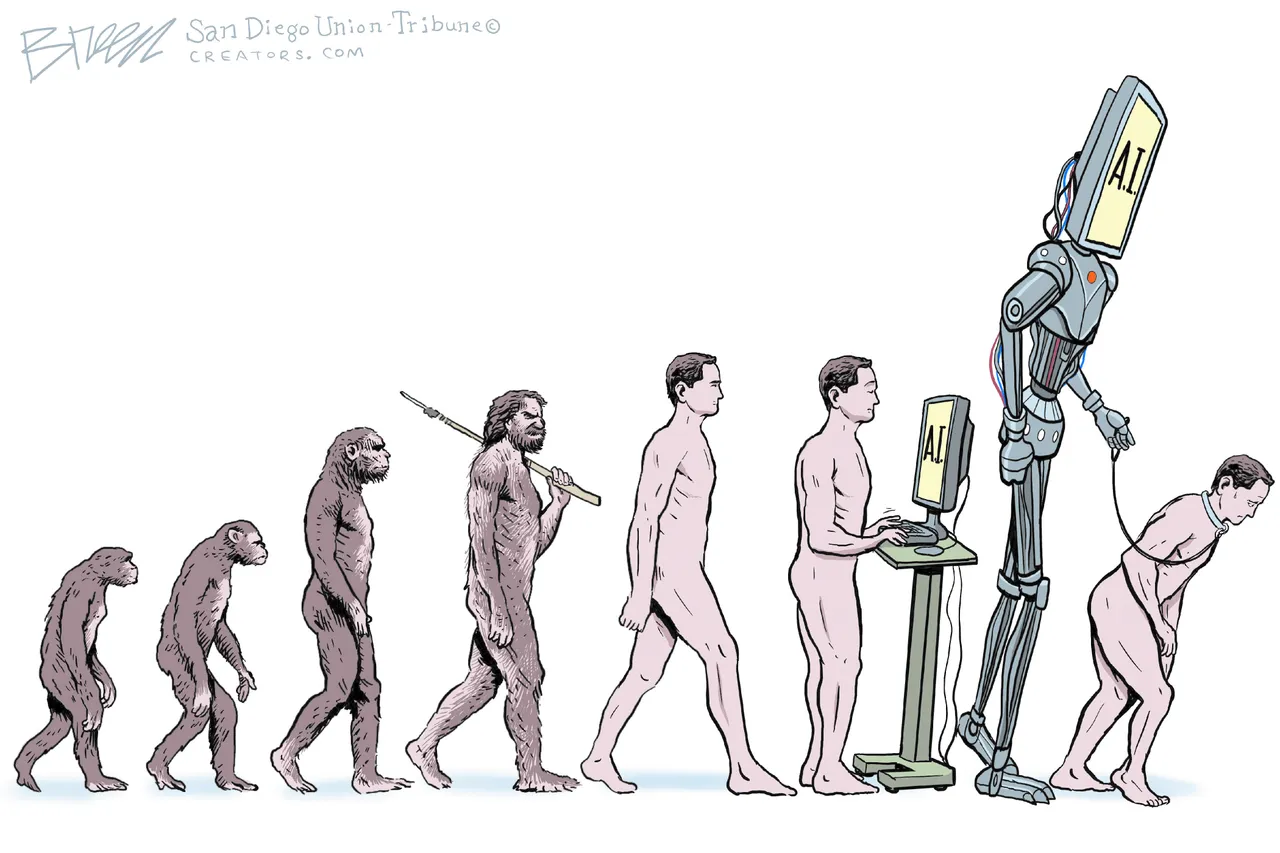In every boardroom/SLT meeting/team workshop I’ve been in lately, the question underneath the surface is the same: Can we keep up with the pace of change?
The pressure is CONSTANT… from AI to shifting geopolitics (more tariffs anyone?), changing expectations, and tighter margins. But what separates the companies that adapt from those that get stuck isn’t strategy, the product or the service they provide…. It’s the culture (in my humble opinion…).
Shopify showed the world they had a culture that was designed for change. At the start of the pandemic, they moved quickly—offering free trials, enabling local delivery, and building tools to help physical retailers pivot online. They didn’t just survive—they thrived, and they did that by shifting from serving established SMB’s to enabling digital-first entrepreneurs.
Netflix has done it repeatedly. From DVD rentals to streaming to producing its own shows, and now experimenting with ad models and gaming. At every step, it was the culture, not the tech, that enabled transformation. They have constantly been ahead of their competition, and they designed their culture deliberately to enable that.
But for every company that adapts, others fail:
☠️ Kodak – Invented digital photography… but buried it (and were then buried by it)
☠️ Blockbuster – Turned down Netflix. Bet on late fees.
☠️ Nokia – Missed the smartphone shift.
☠️ BlackBerry – Lost it’s edge with the user experience (that and my Windows Phone were my 2 favs)
☠️ Yahoo – Passed on Google and Facebook.
None of them lacked talent. They lacked adaptability.
What Change-Ready Cultures Have in Common
Research shows that organisations built for continuous adaptation share five critical cultural ingredients:
- Distributed Authority – People can act without layers of permission. In order to change quickly you need decision making close to the information. Either you remove or flatten hierarchy (this is not done simply on an org chart) or you find cultural ways to bring those two aspects closer.
- Become “learn it all’s” – This is stolen from Satya Nadella but I don’t think he’ll mind… Curiosity needs to be rewarded, as do people who disagree but commit. The relationship teams and individuals have with the words “failure” and “mistakes” needs to be a healthy one… think of yourselves as ongoing experiments! Speed beats perfection.
- Shared Purpose – Clear direction gives people confidence to move autonomously. If you have all of the talent and passion in the world, but no clear direction (and by “clear”, I mean you can articulate in a sentence without business jargon involved) then you will get “busy” but you wont get “progress”. Show people where they need to get to but let them work the way out themselves.
- Inclusivity and Diversity of Thought– To respond to constant change, and creating waves of innovation, you need different ideas. Those ideas need a place to land, and an opportunity to be heard. For that you need different people in the room and an environment where they feel comfortable and valued so they can be shared.
- Psychological Safety – People feel safe to speak up and challenge the status quo. The enemy of change is assuming that the way it’s always been done is the not a deliberate choice. You have to constantly question what you’re doing and reflect on what could be changed/improved.
You don’t get this by accident. You design it deliberately.
If you’re a leader or business professional that’s looking to develop new leadership skills in this area, you might be interested in our BRAND NEW Culture Labs!
The first Lab will run in September in London, and is called “Leading through Change”.
Tickets are £295 (unless you are on the Waiting List where you get £100 off 🤫)



